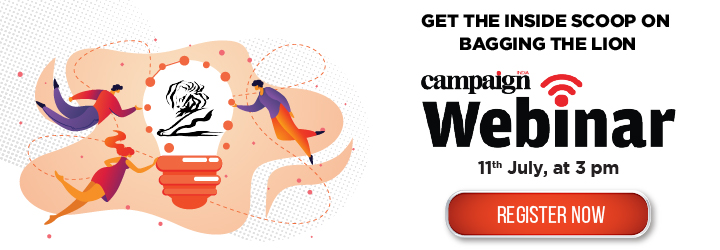
Tony Fernandes is perhaps best known as the music mogul-turned airline owner who bought the struggling AirAsia for the grand total of one ringgit in 2001. In the past 18 years, the budget airline has gone from two planes and 254 staff, to 260 planes and 2,100 staff. In 2001, it carried 200,000 passengers. That number has risen to 100 million in 2019.
That didn’t just happen overnight, nor was it magic. Fernandes emphasised that marketing allowed AirAsia to reach new consumers. “The first thing you need is a great product, the second thing, you got to invest in branding. There are so many great ideas, and nobody knows about them,” the airline CEO said at a Rise conference in Hong Kong on Tuesday.
The first thing Fernandes did was get rid of AirAsia’s old bird logo and replaced it with the brand name itself. “If you think of the biggest brands in the world, there is only one image in your mind: Shell, you think of the Shell logo. Apple, you think of the Apple logo. Why spend money on two images?”
Next, he spent “a ton of money” on sponsorships, not only on coveted organisations but also lesser-known events with potential. “We sponsored Manchester United when we had seven planes,” he told delegates. “We sponsored F1. We sponsored UFC when everyone was doing football but no-one was looking at UFC. That allowed us to reach a completely new audience.”
Now the CEO wants to leverage tech and AirAsia’s rich customer data base to expand both vertically and horizontally. AirAsia was one of the first Asian airlines to sell tickets online and upload data to the cloud, but in the early days, Fernandes only saw technology as a means to help the airline “level up” in a short period.
“I didn’t see the digital revolution that was to come,” he admitted. “Now we have a loyal customer base of 25 million. We have a massive amount of data, not just in Malaysia but across ASEAN.”

That data can be leveraged across the board, from facial recognition technologies for use at the boarding gate, to building businesses that are complementary to AirAsia’s airline business. These can range from logistics to digital banking and F&B, according to Fernandes.
In an era when companies are looking to pull customers in rather than push the brand at them, AirAsia is looking at ways to retain old audiences and attract new ones—by making its onboard offerings more ‘experiential’ and also connecting with Gen Z and millennial consumers.
For the former, the airline is partnering with dating apps to allow people to literally “connect” on the plane. In the case of the latter, AirAsia marked its foray into esports in 2017 and has since acquired a majority stake in eSports team, Team Saiyan, and sponsored the ASEAN World Electronic Sports Games and Mineski Pro Team. These are steps allowing AirAsia to reach the millions of eSports fans in Asia.
Will we see esports on an AirAsia plane anytime soon? “I don’t know where we are going to go,” Fernandes said. “Will we be able to play games on the plane? We want to become a lifestyle brand. There is no reason we cannot have a games console on the plane. There is a vision, it’s about how we articulate that vision.
“To plug in a joystick, you have to talk to Airbus, something that would probably not happen in our lifetime,” he says jokingly.
While there may be bumps in the road ahead, there is also no writing off what Fernandes can do. If you’d asked a 11-year-old Tony Fernandes what his dreams were growing up, he might have showed you the airline sticker at his boarding school tuck shop, without thinking that one day, he would actually own an airline.
(This article first appeared on CampaignAsia.com)







.jpg&h=334&w=500&q=100&v=20170226&c=1)












.jpg&h=268&w=401&q=100&v=20170226&c=1)
